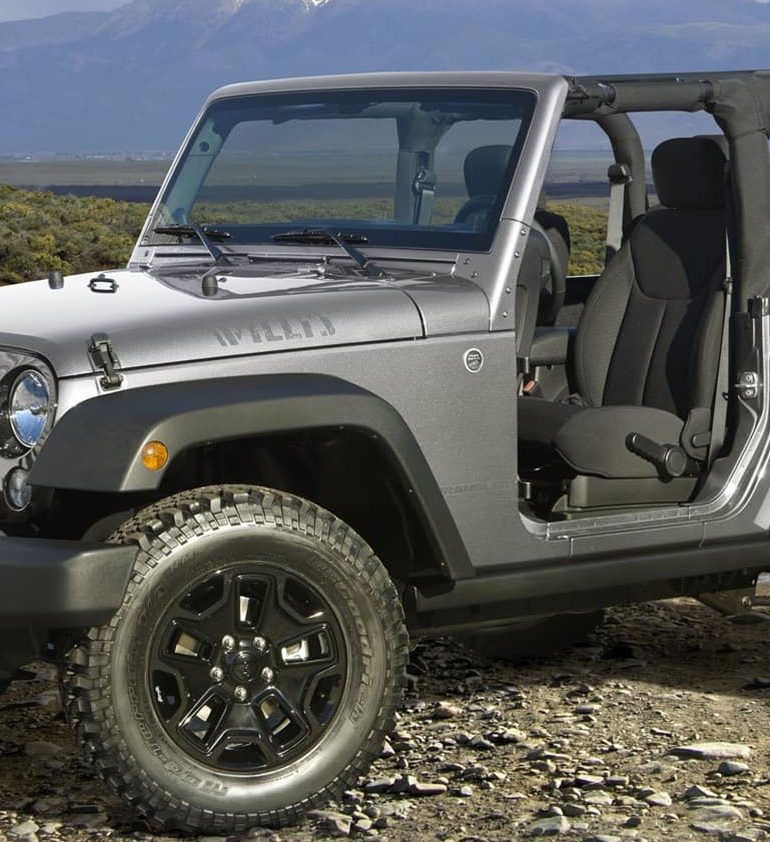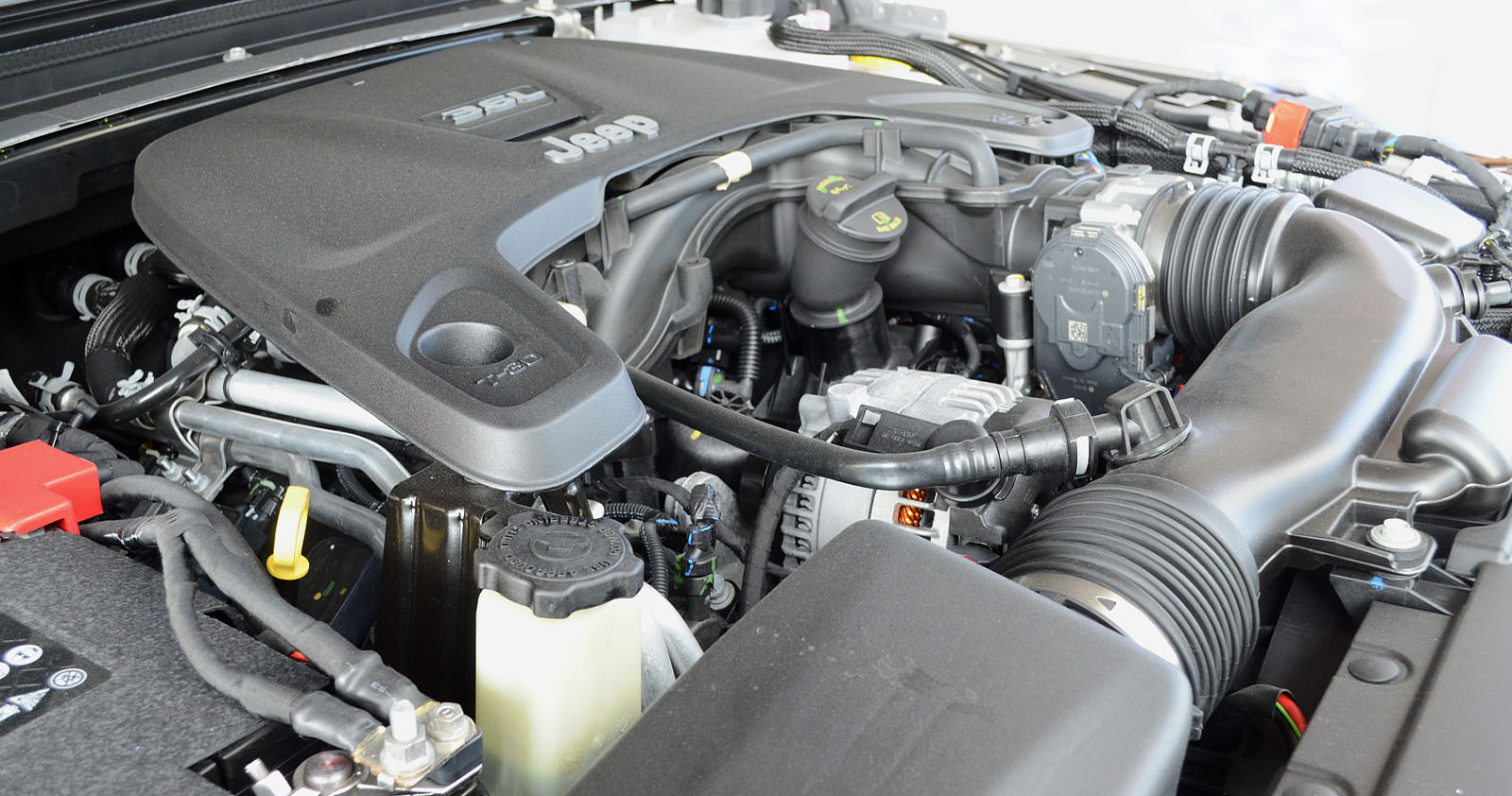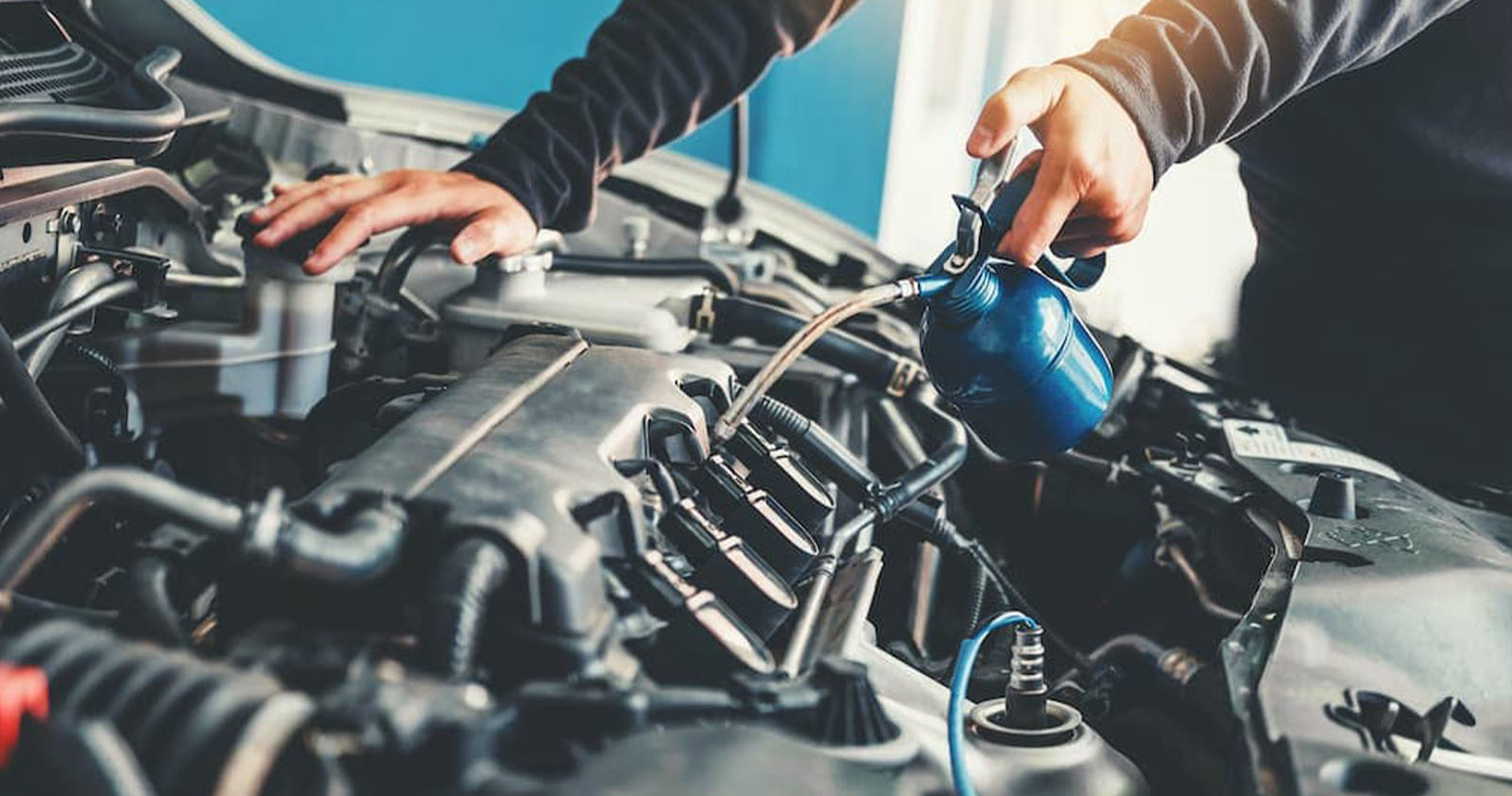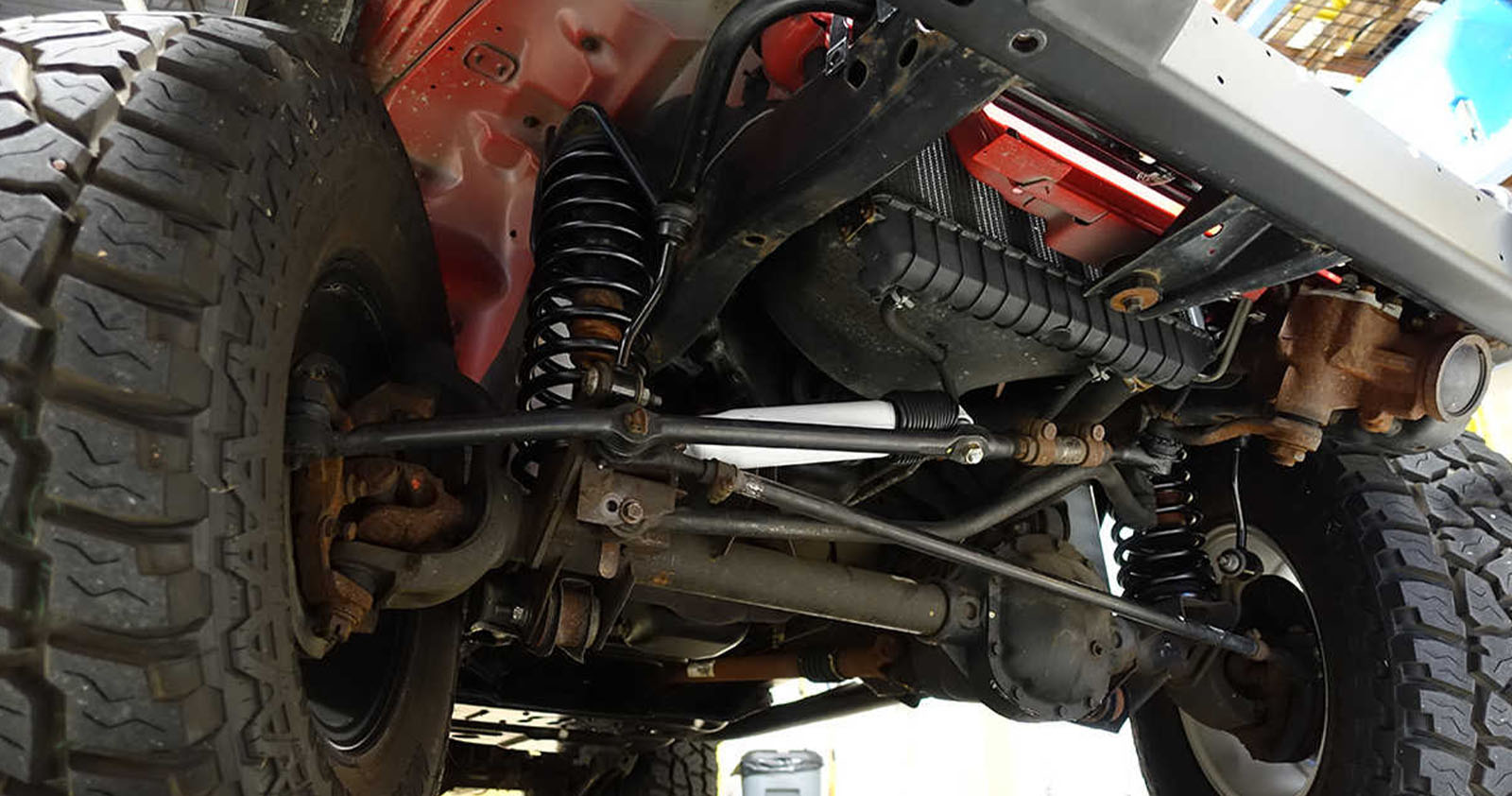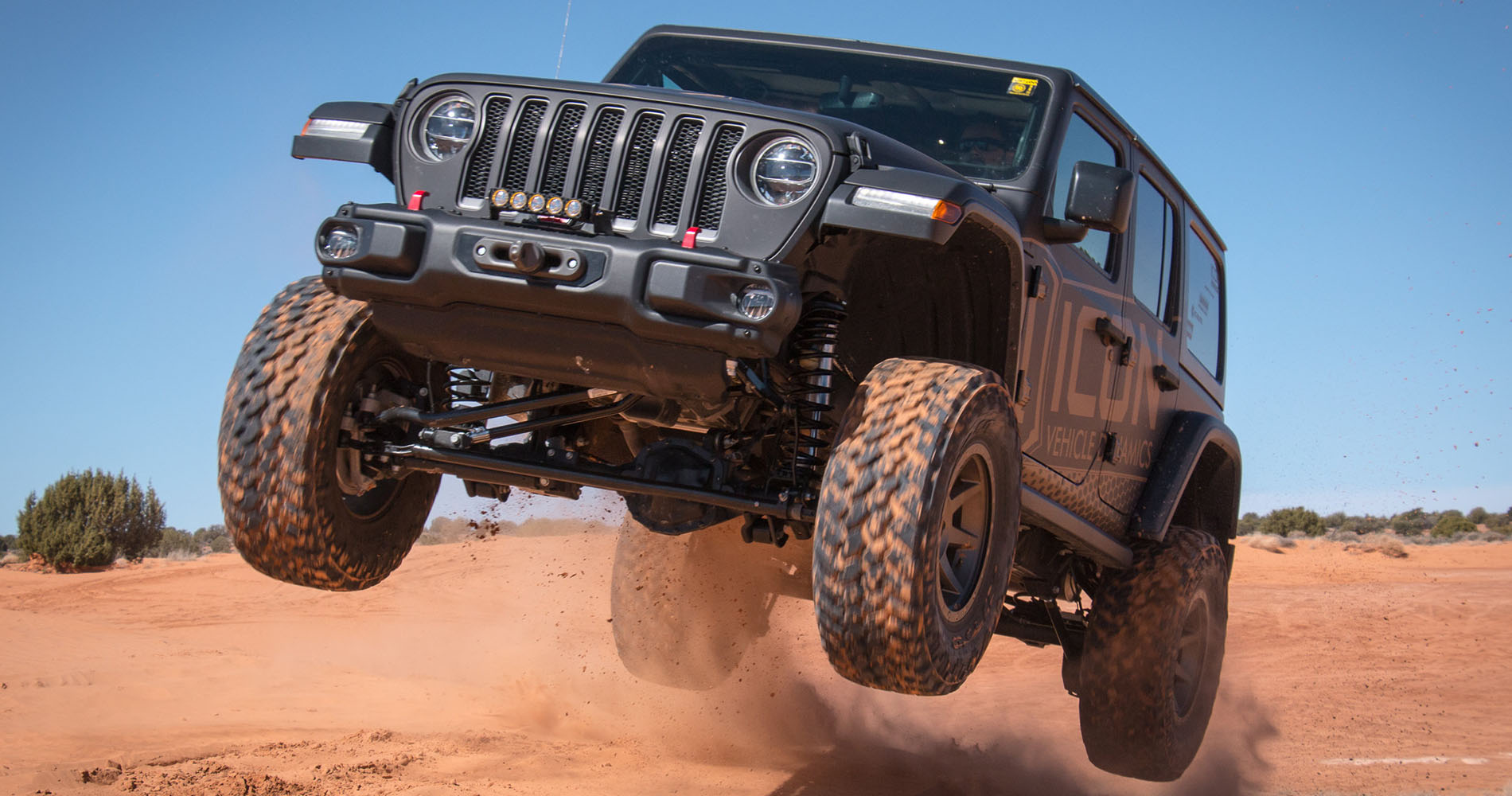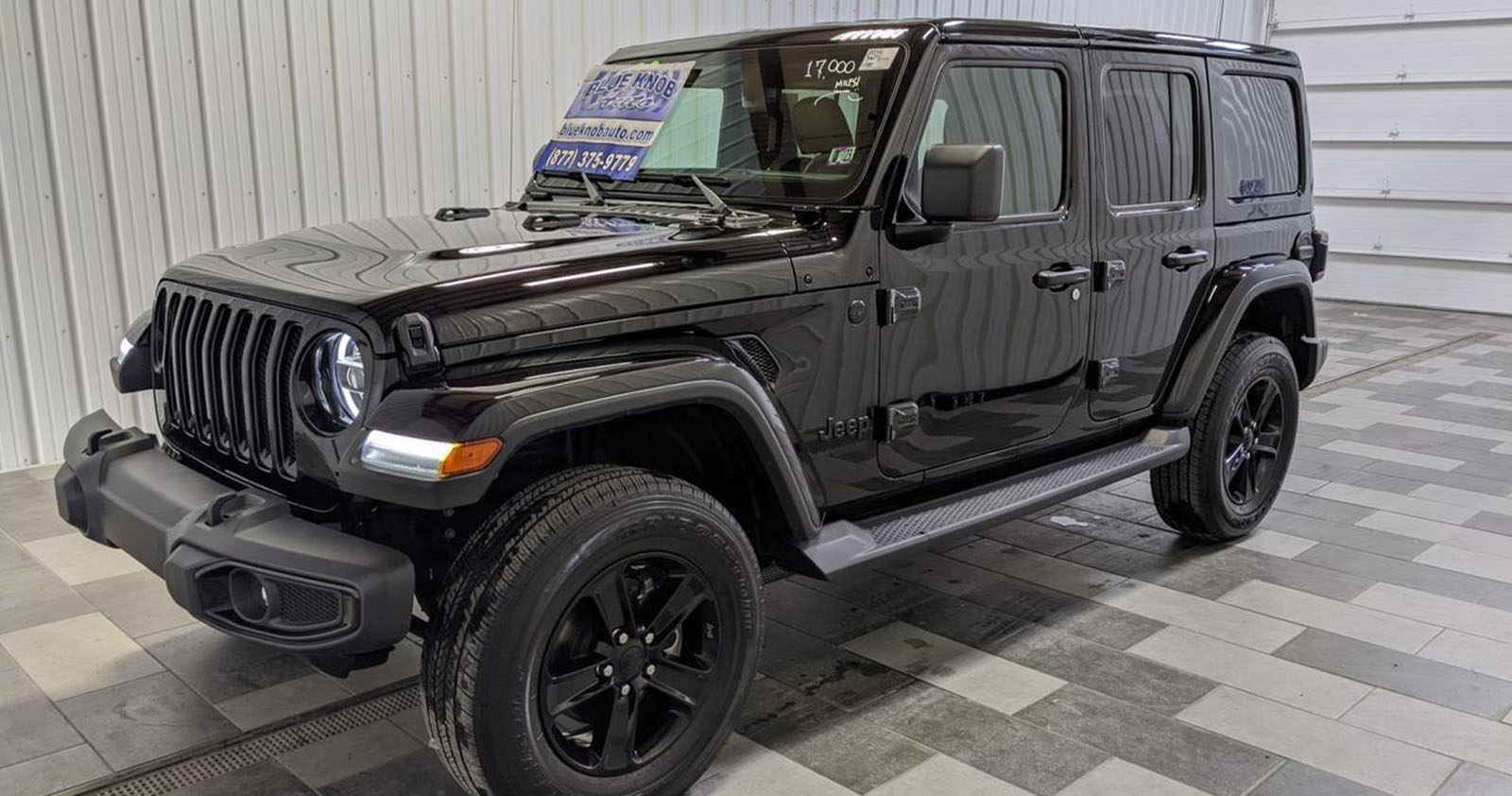Jeeps have been one of the most popular vehicles and a staple in the American automotive industry since the 1940s.
Many people love Jeeps because they offer more capabilities than a sedan without the bulkiness of a truck. Additionally, Jeeps are relatively affordable and easy to maintain.
For these reasons, the market for used Jeeps is vast. However, just as you can find used Jeeps in excellent condition, you can also come across others with perhaps not-so-apparent problems.
So, if you’re looking to buy a used Jeep, you might wonder what to consider before buying one. Like any other car, buying a used Jeep can be valuable if you score a deal with an example well cared for.
And while there is no shortcut to deciding if a used Jeep is right for you, our used-Jeep buyers’ checklist will help you identify potential hidden problems to ensure you’re pulling the trigger on the best Jeep you could buy.
Via Heritage Chrysler Jeep Dodge RAM Owing Mills
In-Depth Test Drive (15 – 30 minutes)
A test drive in the prospective Jeep is crucial before purchasing it, and there are essential points to consider. For example, if the owner refuses to let you test drive the car for some reason, it could be a red flag.
If you do get a chance to test drive the vehicle, avoid playing any music so you can focus on how the car behaves. Next, pay attention to how the transmission shifts and the suspension feels through the road.
Then it’s time to try out the brakes and the accelerator. Drive the Jeep for at least half an hour at various speeds to see how it accelerates. Then, finally, spend some time between 50-60 miles per hour to get a sense of how the Jeep rides.
When checking the tires, inspect tread depth and wear and apply the brakes to check for sensitivity. If the brakes feel spongy, there is air in the system.
Also, you want to pay close attention to steering and handling to see how the vehicle handles bumpy roads, curves, and turns.
Finally, if you plan to head off-road with your Jeep, inspect the transfer case and axles for wear and tear and check if the vehicle has a lift kit.
We also recommend inquiring about repairs and warranties on the car and checking the visibility with things like blind spots and mirrors and safety features like the seatbelts, airbags, and signal lights.
Mechanical Inspection
Even if the car feels good during the test drive without any apparent issues, you want to ensure everything is in good condition and rule out common Jeep problems.
Begin by checking the maintenance records to verify the vehicle went through regular care and ask the owner about the service the car has received during its lifetime.
Next, we recommend relying on a qualified specialist to inspect the vehicle before the final negotiation for purchase.
These are the items you should check that should be regularly maintained:
Fluids
A mechanic can assess the fluid’s condition to ensure they are at the proper level, check for visible leaks, and get an overall idea of the vehicle’s condition.
Tires and suspension
The mechanic can check the condition of the Jeep’s suspension by pushing down on each corner of the car. If the tires exhibit uneven wear, that can signify an alignment problem when looking at the tires. Newer Jeeps such as a the WK2 generation come with the Quadra-Lift Air Suspension System, and you’ll want to ensure the system is in tip-top shape to mitigate any unexpected (and costly) repairs down the road.
Brakes
Brake pads are the first thing you need to check in the car’s braking system. In addition to brake pads, the mechanic must make sure the rotors are in good shape.
At some point, you’ll need to replace your brake pads and resurface the rotor disc or replace the brake rotors if the damage is too extensive.
Via Zimmer Motor
Engine
See whether the engine has a smooth or rough idel and if there are any knocking or other noises and inspect the cooling system for any leaks.
Check the belts for the alternator, water pump, fan belts, or compressor belt, which runs the air conditioning.
Also, check the air filter to see if it needs replacing and inspect the ignition system (spark plugs, spark plug wires, etc.) If the Jeep you’re looking at is old enough to have a distributor, check out the distributor cap and rotor.
Finally, check for any oil leaks. Leaks are usually caused by a bad gasket or seal, and some Jeep models are notorious for excessive oil consumption.
Transmission
The transmission should shift smoothly without hesitation. If the vehicle has a manual gearbox, it should shift without grinding.
Also, check for leaks underneath the vehicle. Transmission fluid has a distinctive reddish coloration.
Exhaust
Suppose you smell an exhaust smell within the cabin of the vehicle. In that case, chances are the vehicle exhaust system has a leak and needs repair.
Also, if the vehicle has a faulty catalytic converter, that can lead to a loss of power while driving a car and cause the vehicle to fail an emissions test.
Via Quadratec
Undercarriage Inspection (If Taken Off-Road)
Since you’re looking at buying a used Jeep, chances are the vehicle has been taken off-road many times. Therefore, it’s always best to thoroughly inspect it beforehand to ensure your safety and the vehicle’s reliability.
The undercarriage is one of the most essential parts of any vehicle. Its condition will tell you how the previous owner cared for the Jeep.
Many Jeeps have skid plates and heavy steel plates that protect the vehicle’s undercarriage from rocks, stumps, and other trail hazards.
Therefore, you must look for scratches, dents, and scrapes and make sure any damage is cosmetic and not the result of poor maintenance and care. Nevertheless, they can give you a good impression of how well the Jeep has been cared for.
Finally, check for rust, as this is the number one reason to not buy a used Jeep. A rotting and flaky frame can cause a vehicle to fail its inspection and make it unsafe to drive.
Via Gear Junkie
Check The Condition Of The 4WD System
Before testing the four-wheel-drive (4×4) on a used Jeep, ensure the brakes work properly and the tires have the recommended pressure.
You might also want to check for rust around the doors and underneath the vehicle. The amount of rust will give you an idea of how often the previous owner used the Jeep off-road and how well he cared for the vehicle.
The easiest way to test if the 4WD is working on a used Jeep is to figure out how to remove traction from your wheels and cause them all to spin.
If you have the right equipment, you can also try to lift the Jeep enough to get all four tires off the ground and ask someone to watch the tires while you step on the gas pedal.
If all the tires are spinning and attempting to find traction, your 4×4 is working correctly.
Via Blue Knob Auto
Getting Insurance Before Registration
Most states require that proof of insurance coverage before you register your Jeep. Then, depending on the state, drivers must renew their registration every one to five years.
Still, even in states that don’t, you’ll need a car insurance policy with minimum coverage before you can drive in that state.
Use a broker like Insurance Navy to compare insurance quotes before booking coverage for your used Jeep.
Changing your vehicle is a great time to swap insurance companies, especially if your existing company isn’t able (or willing) to match quotes from other providers.

